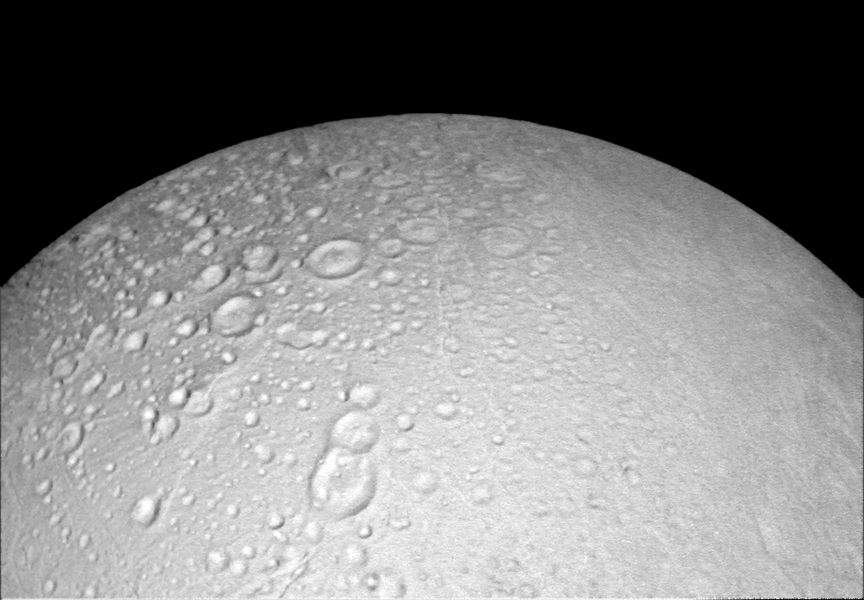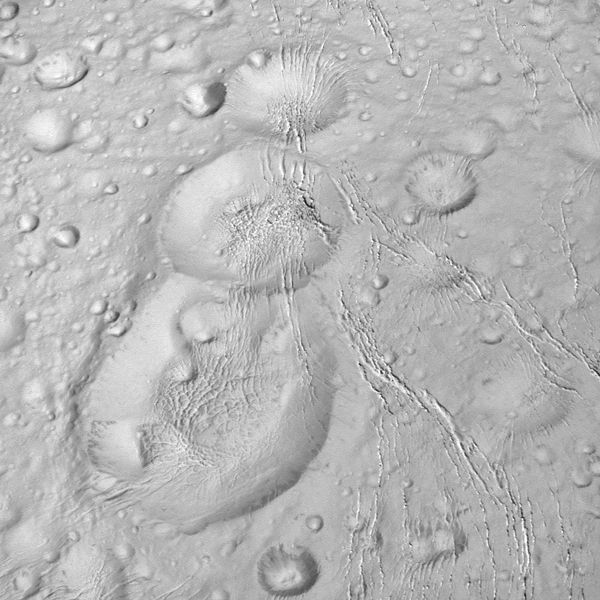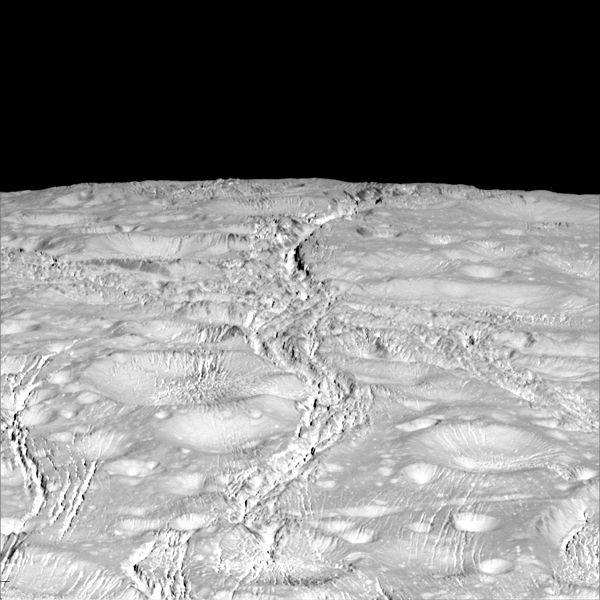Stunning New Views of Enceladus, Saturn’s 6th-Largest Moon
A new flyby has revealed a spidery network of cracks crisscrossing its northern pole
Enceladus is usually lost in the crowd—after all, it’s one of dozens of Saturn’s moons. But now, the sixth-largest moon is finally getting its moment in the spotlight. NASA's Cassini spacecraft just captured some of the best images yet of the moon's north pole.
The Saturn system is nearly a billion miles away, so images take a while to download from the distant spacecraft. But the photos of the icy moon are well worth the wait. NASA is already posting the raw images as they come in, but is also working on fully calibrated portraits. Using this data, NASA hopes to discover clues to possible geologic activity in the icy moon's history.
Under constant meteor bombardment, scientists expected Enceladus to be riddled with craters. But surprisingly, there was more to the moon's surface than that. High-resolution images from Enceladus show “a landscape of stark contrasts,” including thin cracks and, of course, plenty of ice.
Even more is yet to come: Cassini will be back on October 28, to dive through the geysers on the planets southern side. The spacecraft will complete its series of close flybys on December 19.
/https://tf-cmsv2-smithsonianmag-media.s3.amazonaws.com/accounts/headshot/erin.png)






/https://tf-cmsv2-smithsonianmag-media.s3.amazonaws.com/accounts/headshot/erin.png)